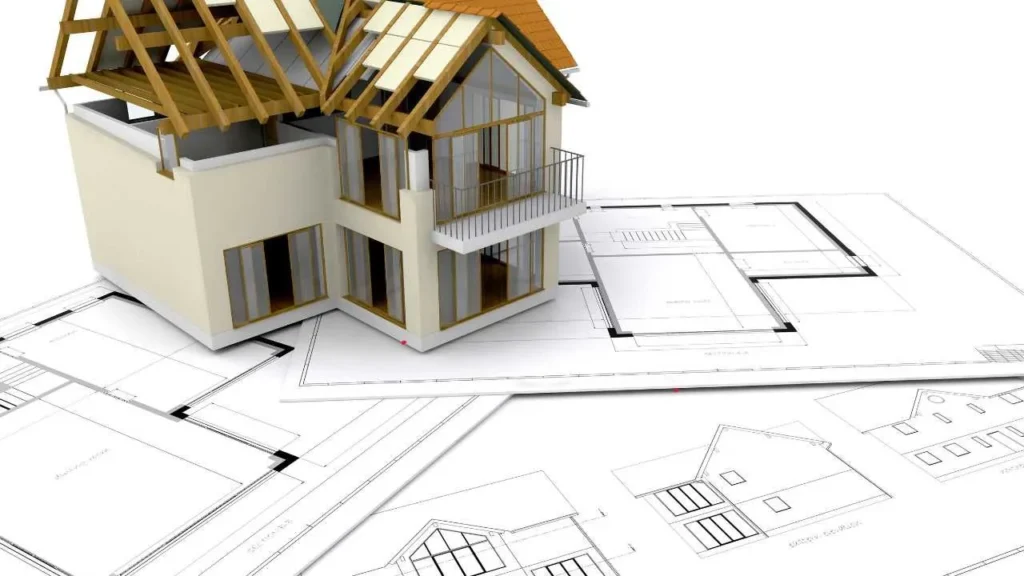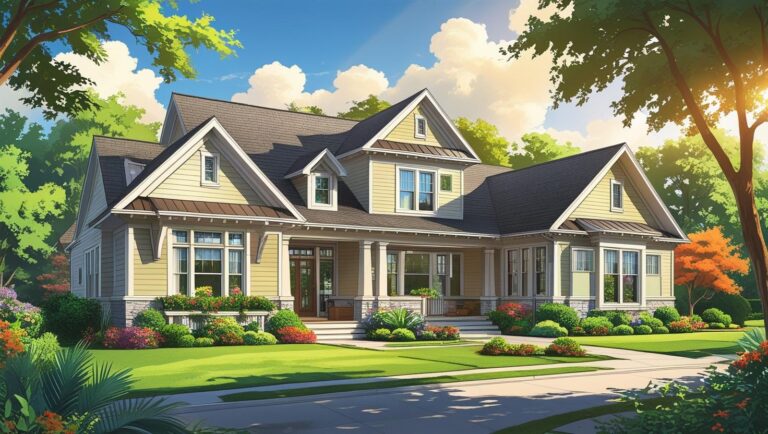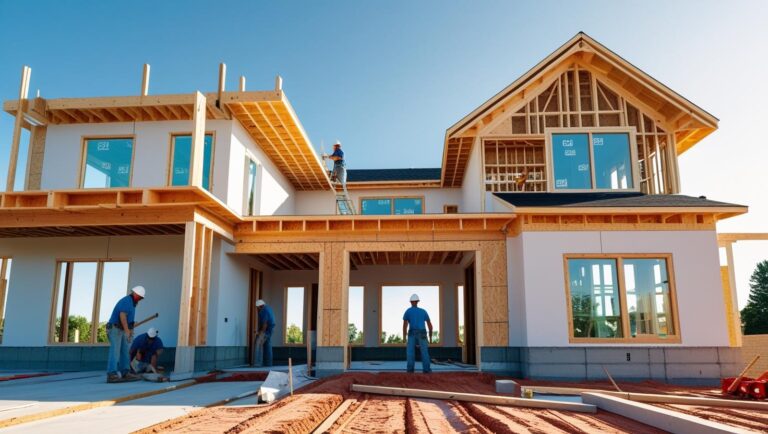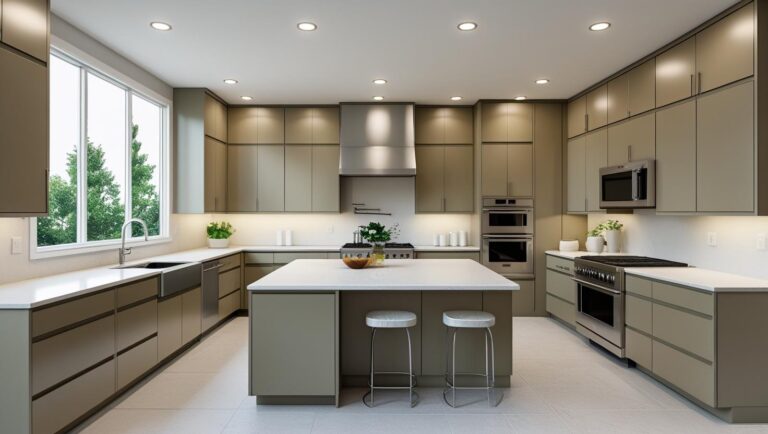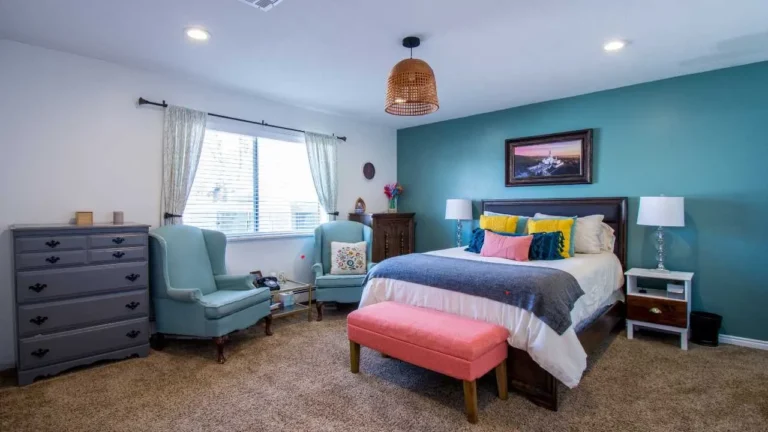If you’re looking at house blueprints for the first time, you may find yourself overwhelmed. House plans are packed with lines, symbols, and numbers that each serve a specific purpose. This guide is designed to break down the basics of blueprints so you can feel confident the next time you’re reviewing plans, whether it’s for your dream home or a renovation project.
Why Blueprints Matter
House blueprints are like a roadmap for your construction project. They tell builders, plumbers, electricians, and anyone involved exactly how each part of the home is supposed to come together. Understanding these plans can give you a better grasp of the work being done, help you communicate with your builders, and make informed decisions as the project unfolds.
Common Symbols You’ll See on Blueprints
Blueprints have many symbols, but don’t worry—once you know the basics, they’re easier to follow. Here are some of the most common ones:
- Walls: Walls are usually shown as parallel lines. The thickness of these lines varies, which can tell you if the wall is a load-bearing wall (essential for support) or a simple partition.
- Doors and Windows: Doors are drawn as arcs, showing the swing and opening direction. Windows are typically represented by thin lines in the wall space.
- Electrical Symbols: Electrical features are marked by symbols like circles and triangles. Outlets are often shown as circles with two lines, while switches are typically represented by an “S” inside a square.
- Plumbing: Plumbing symbols include abbreviations and lines showing where pipes, sinks, and other fixtures will go. A capital “H” represents hot water, and a “C” for cold, while lines may indicate pipe routes.
- Dimensions and Measurements: One key feature of blueprints is dimension lines, which provide exact measurements for each space. Look for these measurements to understand room sizes, wall lengths, and distances between features.
Blueprint Terms You Should Know
Blueprints also use terms that describe specific elements and details of the design. Here are a few common ones to get familiar with:
- Floor Plan: A top-down view of the home layout, showing where rooms, doors, and windows are placed. The floor plan is the main map for each floor in a home.
- Elevation: Elevation drawings show the exterior view of each side of the house. This is helpful to see how the house will look from the outside, including details like roof height, siding, and any decorative elements.
- Section View: Sections show a “slice” of the building as if it were cut in half. These drawings reveal construction details such as the type of framing, insulation, and materials used.
- Scale: Blueprints are drawn to a scale, usually noted on the plan. For example, a ¼” scale means that every quarter-inch on the blueprint equals one foot in the real home. Knowing the scale is key to understanding actual room sizes and dimensions.
How to Use Blueprints to Visualize Your Home
Looking at blueprints can help you visualize the layout and flow of your home before construction begins. Here are a few tips for reading blueprints effectively:
- Start with the Floor Plan: The floor plan is like the central piece of the puzzle. It gives you a full view of the layout, and you can then check other drawings like elevation and section views for more details.
- Follow the Legend: Most blueprints have a legend that explains what each symbol stands for. Familiarizing yourself with this is helpful, especially if you’re new to reading blueprints.
- Ask Questions: If anything is unclear, ask your Mississippi building contractors. They can clarify details about materials, measurements, or any unfamiliar symbols. Understanding each part of the plan can help ensure nothing is overlooked in your new construction home.
Making the Most of Your Blueprint Review
Once you understand the basics, reviewing blueprints can actually be exciting. You’ll start to see how your home will take shape, and you’ll have more insight into each step of the construction process. Before finalizing, check that all rooms, doors, and windows are positioned to match your vision and that you’re satisfied with the layout.
Putting Your Blueprint Knowledge into Practice
Getting comfortable with house blueprints can feel empowering. You don’t need to master every single detail, but by understanding key symbols and terms, you’ll be better prepared to communicate with your building team and ensure the final result meets your expectations.
If you’re ready to bring your vision to life, don’t hesitate to reach out. Our team is here to answer your questions and guide you through every step, whether you’re planning a renovation or building from scratch.

